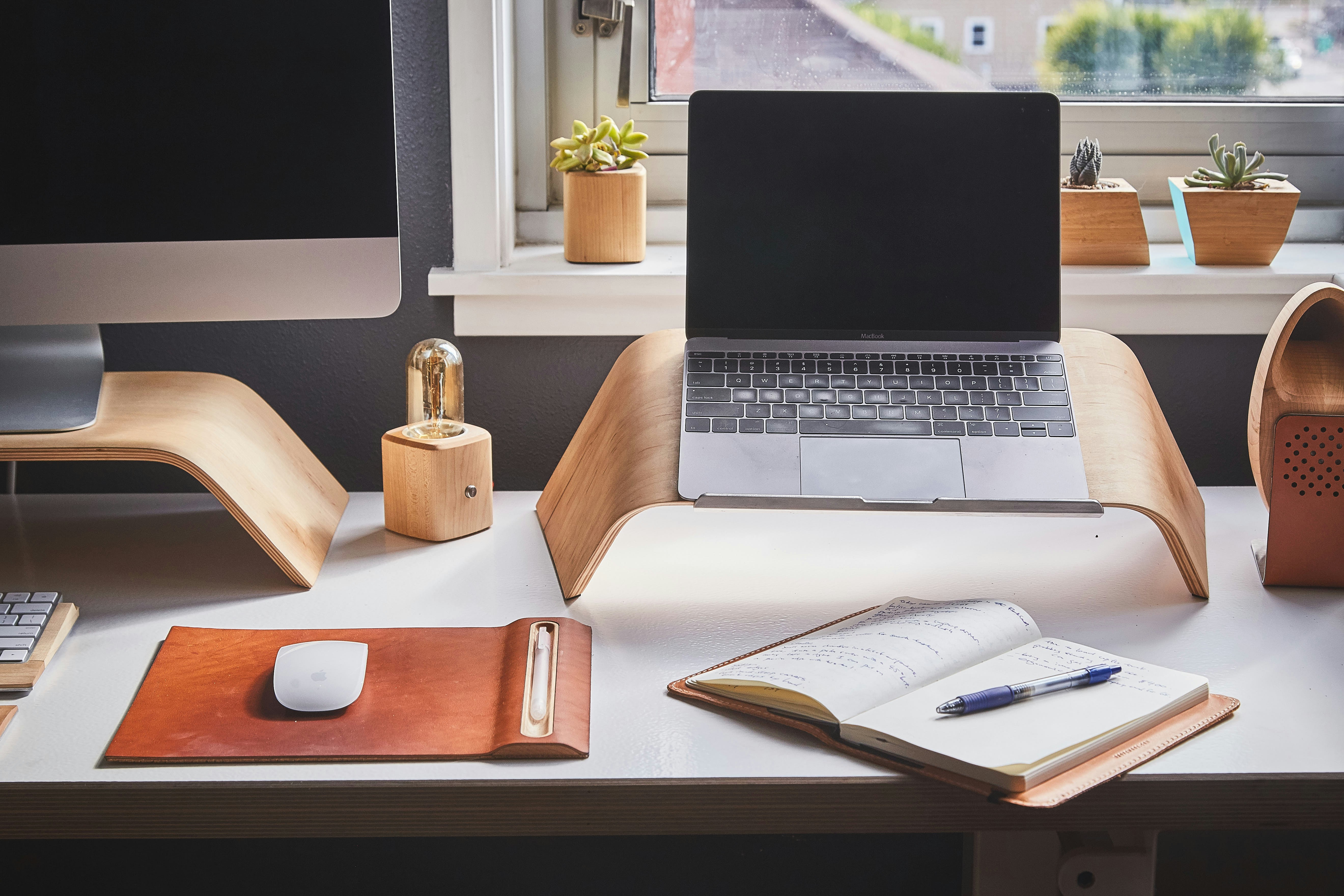
How to Leverage IoT Devices for Smarter Home Office Setups
Designing a workspace that suits your daily routines can make every task feel easier and more enjoyable. Smart sensors automatically adjust the lighting to help you stay focused, while connected speakers offer gentle reminders when it's time to take a break. Voice assistants from brands like *Google* or *Amazon* can take care of everyday tasks such as managing your calendar or setting reminders. These helpful tools work together without the need for complicated technology or advanced knowledge. With a few simple devices and straightforward instructions, you can set up an environment that helps you stay productive and comfortable throughout the day.
This guide covers the core ideas behind connected gadgets, tips for choosing devices, step-by-step setup advice, ways to sync everything with your daily flow, and common security hurdles. You’ll find bullet lists, real numbers, and hands-on pointers that let you skip trial and error.
Understanding IoT Basics
Devices that connect to the internet and communicate with each other form the foundation of a smart workspace. Each gadget has sensors, software, and network access. They share data in real time, allowing you to adjust temperature, track tasks, or manage sounds without leaving your desk.
Networks use Wi-Fi, Bluetooth, or specialized protocols. Wi-Fi covers large areas but can slow down if you overload it. Bluetooth works for short-range connections. Zigbee and Z-Wave handle low-power signals between many devices. Choose a network style that matches your floor plan and device count.
Selecting the Right IoT Devices
Match each gadget to a clear need. Do you want automated lighting? Check sensor-based bulbs. Need voice controls? Look for assistants with wide skill libraries. Want temperature reports? Pick sensors that send readings to your phone or PC. Avoid buying fancy features you’ll never use.
Estimates show that homes with five to eight connected devices report up to a 30% boost in daily productivity. Base your choice on that ideal range. Using more than ten devices often causes network slowdowns.
- Smart lighting: Bulbs or strips with motion detection and white-tone adjustments.
- Voice assistant hubs: Models like Amazon Echo or Google Nest that run routines.
- Climate sensors: Devices that log humidity and temperature for HVAC adjustments.
- Smart plugs: Outlets you can schedule to cut power to energy-hungry devices.
- Security cams: Motion-activated units with privacy modes for focused periods.
Quality matters more than quantity. Look for gear with regular firmware updates and strong user ratings. Check community forums for real-world performance notes.
Setting Up Your Smart Home Office
Start by planning your wiring and Wi-Fi layout. Position your router centrally and add a mesh extender if needed. Label each device on your network so you can identify them easily later. A clear naming scheme speeds up troubleshooting.
After powering on each gadget, connect them through the manufacturer’s app. Grant only the permissions they need. For lighting, that might be local network access and location. For voice assistants, microphone and calendar access. Anything extra can wait until you confirm core functions work correctly.
- Plug in and power each device one at a time.
- Open the app and follow the guided setup steps.
- Give each device a clear, short name (e.g., “Desk Lamp” or “Thermostat”).
- Test basic controls: turn it on/off, change brightness or temperature.
- Group related devices into rooms or zones for batch commands.
Once you complete the essentials, arrange physical layouts. Place motion sensors near your desk entry. Keep voice assistants within earshot but away from noisy fans. Position cameras where they scan entry points, not private areas.
Integrating Devices with Your Workflow
Set clear triggers. Use a voice command like “Start work” to begin a morning routine: lights at 70% brightness, temperature at 72°F, and a 15-minute focus playlist. End your day with “Goodnight,” which dims lights, locks the door, and mutes notifications.
Connect your calendar. When you schedule a meeting, the system can silence your phone, mute ambient noise, and turn on a small desk lamp. When the meeting ends, it restores everything to normal. This hands-off approach keeps you focused.
- Create a “Focus Mode” scene: lights at 60%, white-noise fan on, notifications off.
- Link your task manager to a smart display to see progress bars in real time.
- Use sensors to remind you to take breaks: after an hour of sitting still, flash a smart bulb and chime.
- Connect smart plugs to coffee machines: brew a cup when your first meeting ends.
Adjust routines until you find a smooth flow, not friction. Small changes can save minutes each day and reduce decision fatigue.
Strengthening Security and Privacy
Secure your network by using strong passwords. Swap out default logins for unique phrases longer than 12 characters. Turn on two-factor authentication on apps that support it. This simple step stops 99.9% of brute-force login attempts.
Create a separate network. Set up a guest or IoT-only Wi-Fi band. Keep cameras and smart plugs on a different VLAN so a breach can’t reach your work computer. Many routers offer this feature in advanced settings.
Update firmware monthly. Check for automatic updates and verify them manually when you work. Set a recurring reminder on your calendar to handle updates outside peak hours. Backup settings before installing big upgrades in case you need to revert.
Review each device’s data policy. Some gadgets upload raw audio or video to cloud servers for analysis. If privacy matters, choose units with on-device processing or local hubs that process data without using the internet.
A well-planned smart home office with the right gadgets and security saves time and improves focus. Small improvements make daily work smoother and more efficient.